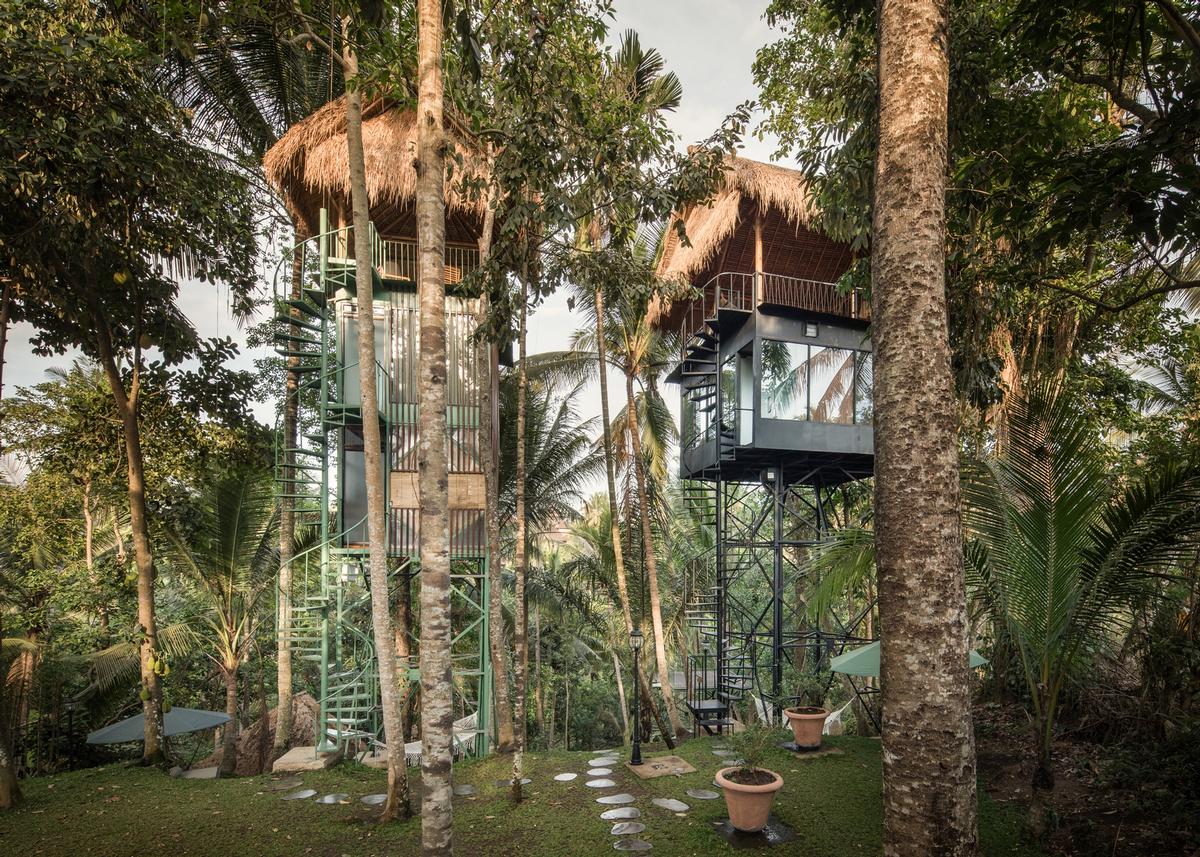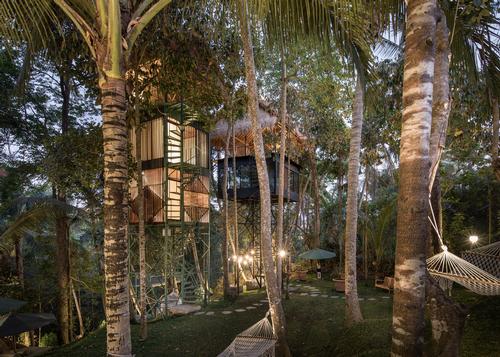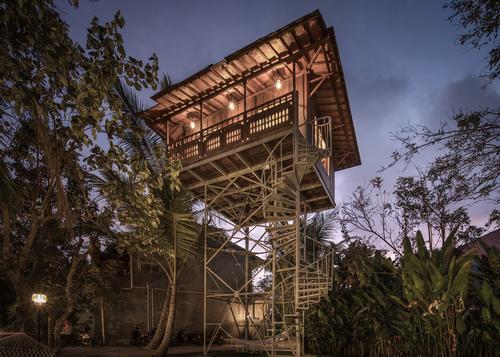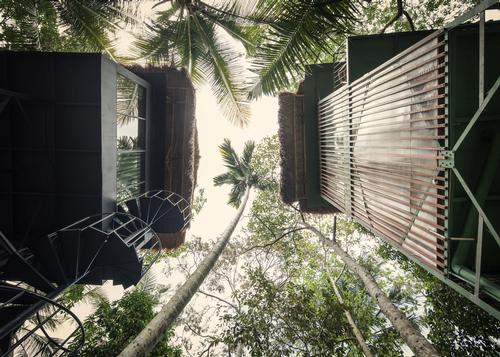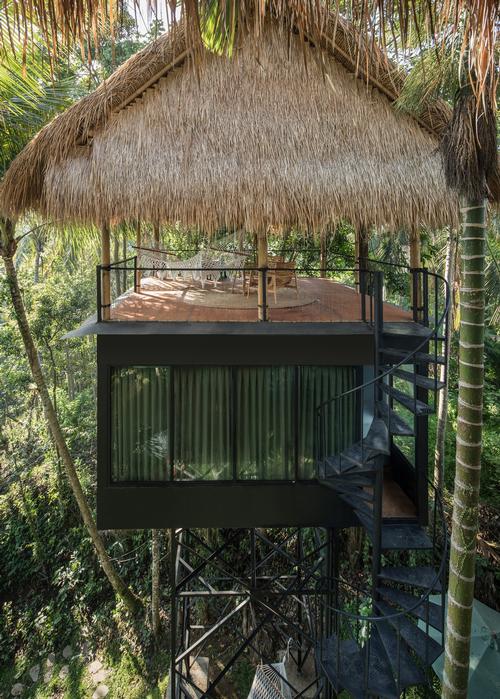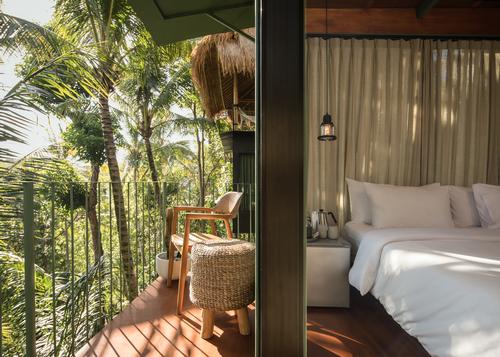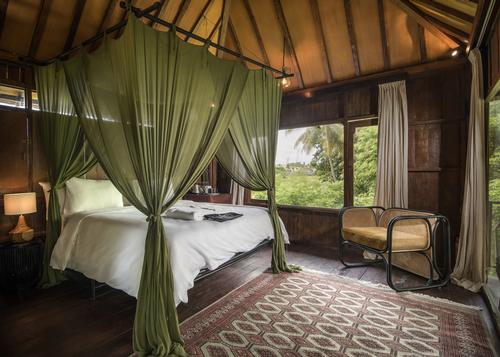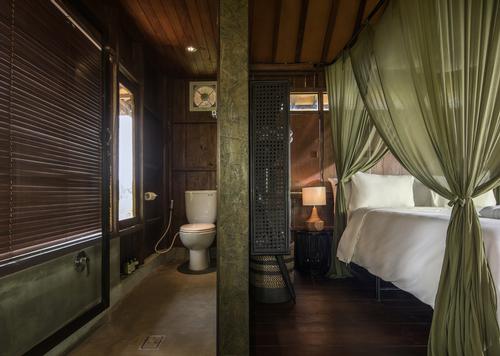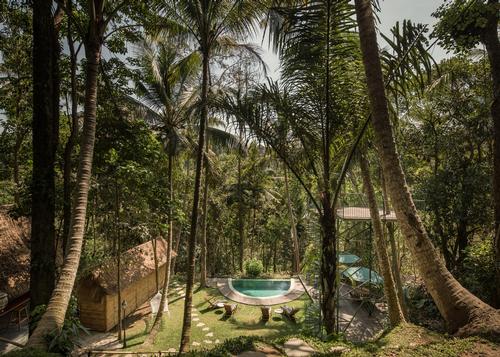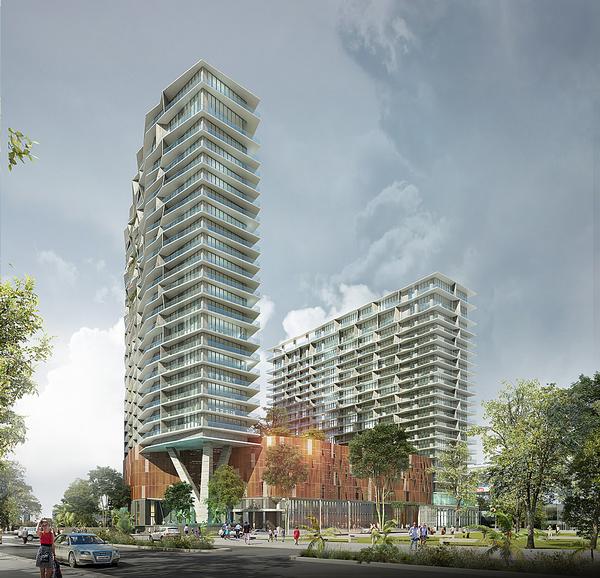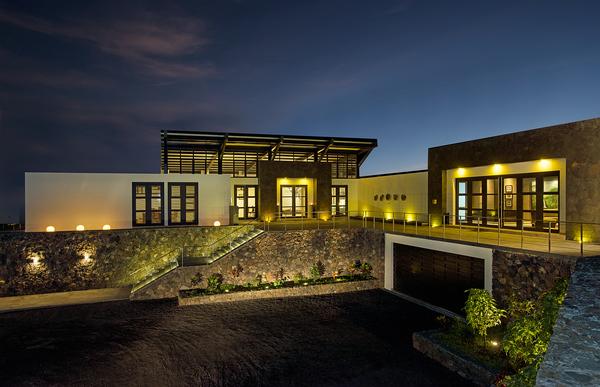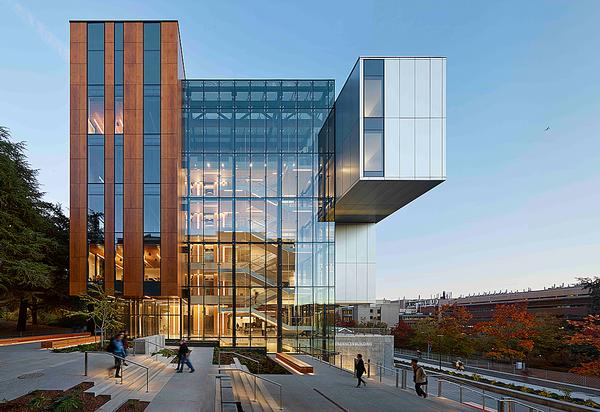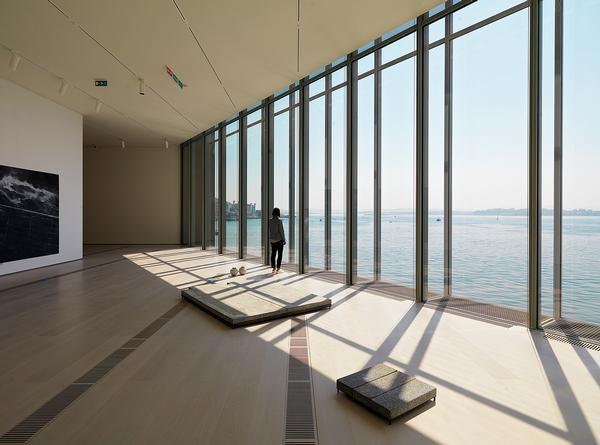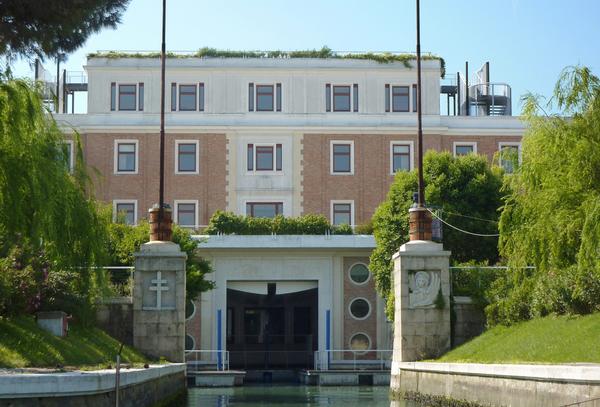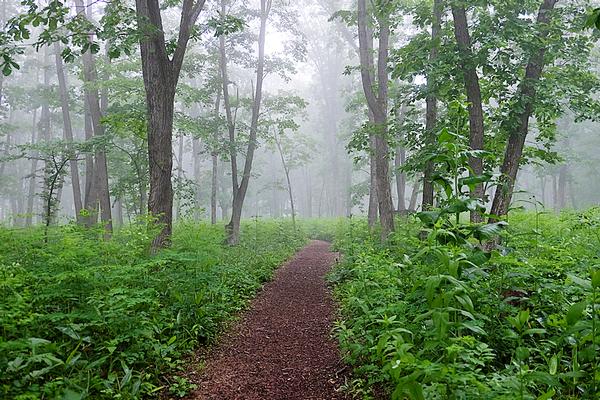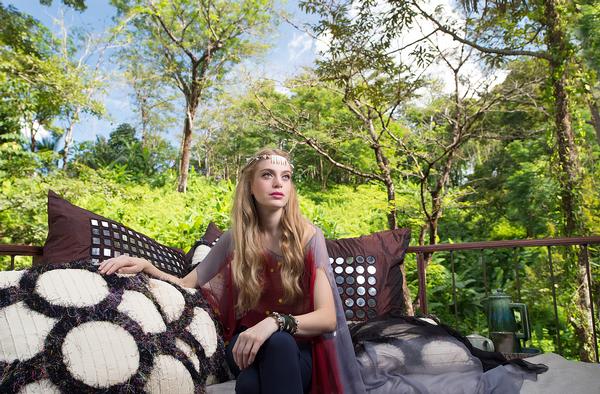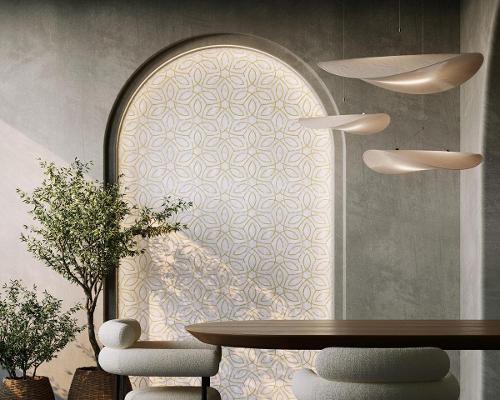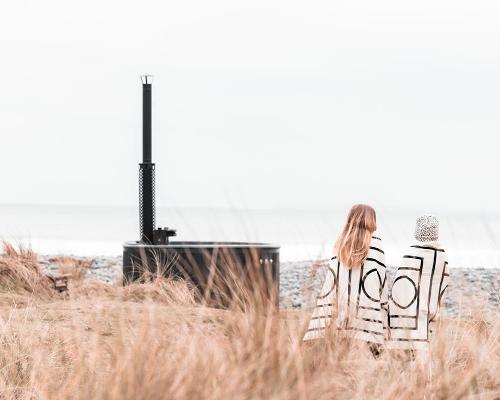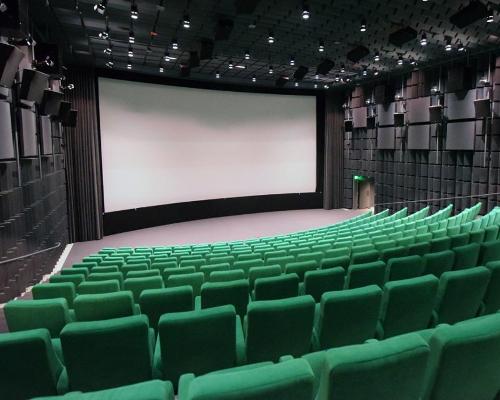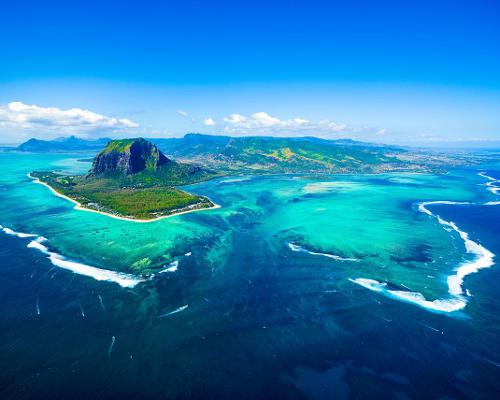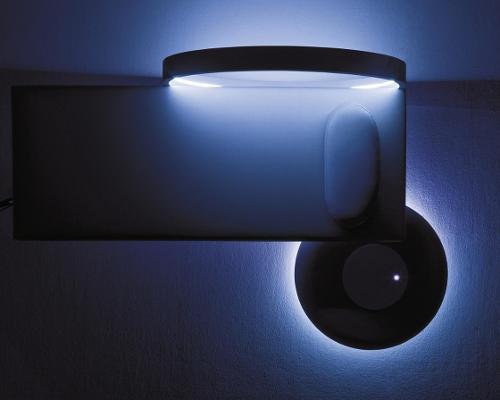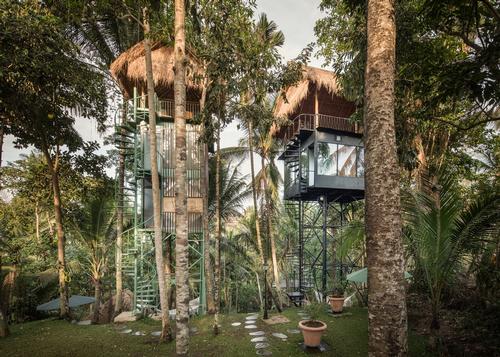Alexis Dornier creates "experimental treetop boutique hotel" in Bali forest

– Alexis Dornier
Alexis Dornier has created an "experimental treetop boutique hotel" located in Ubud on the island of Bali, Indonesia, with a mix of part-industrial, part-natural structures in a tropical forest setting.
In designing the 10ac (4ha) Lift hotel, Dornier sought to forgo the typical concrete-based development approach on the island in favour of low-rise and treehouse-like structures made of metal elements and natural materials.
Each of the structures has a different design and is made with a different collection of constituent parts.
Dornier describes the approach "a surreal mix of industrial impermanent structures embedded into a tropical forest."
Raised guest rooms have the benefits of being passively cooled and shaded, offering views of the surrounding forest and being elevated away from mosquito shrub.
The hotel also features a small sauna, a pool, a bar, seating areas, recreational areas and a yoga deck.
"Our aim was to create spaces where people could retreat to, detached and off the ground, unpretentious and reduced to a minimum," he explained.
"We wanted to evoke a sense of impermanence and allow for other experimental structures to fill in the blanks in the future."
The intention is for the development to be gradually extended in collaboration with other architects and new shapes, materials and organisational ideas.
Alexis Dornier hotel Bali Indonesia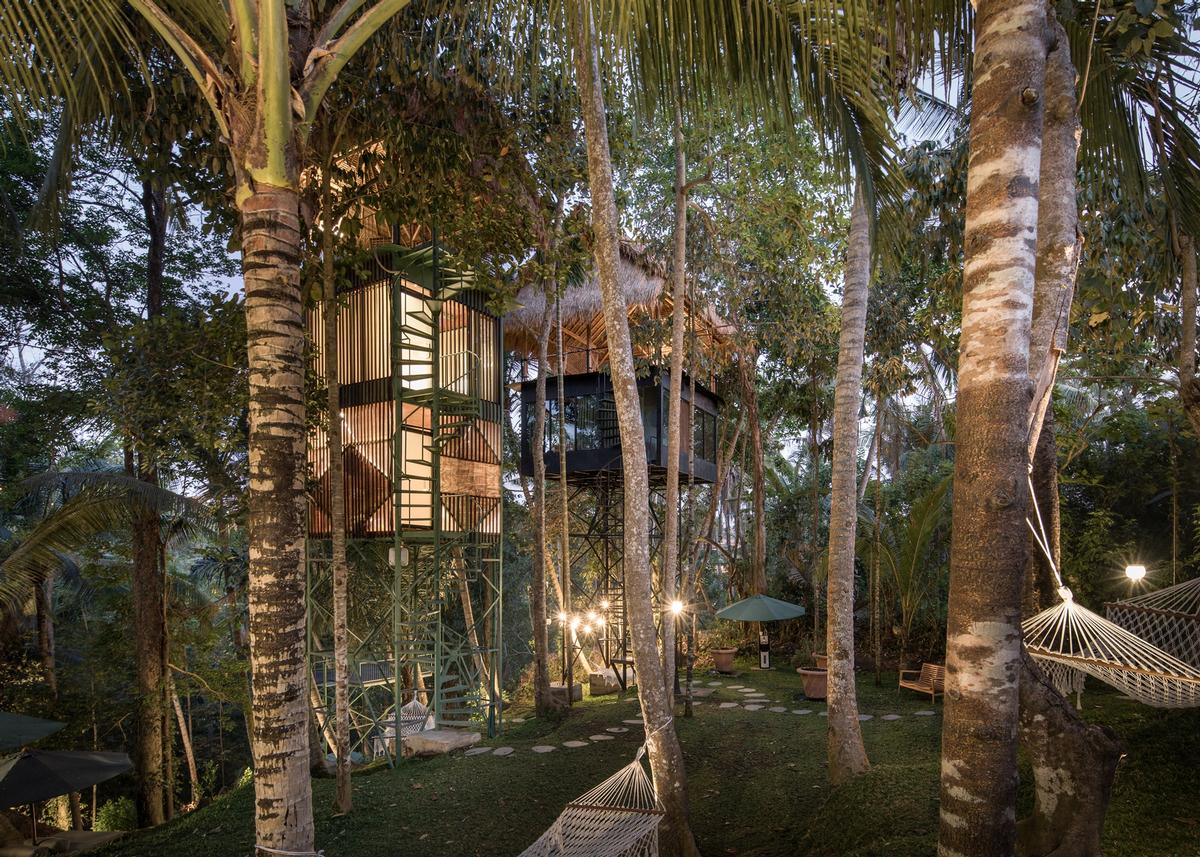
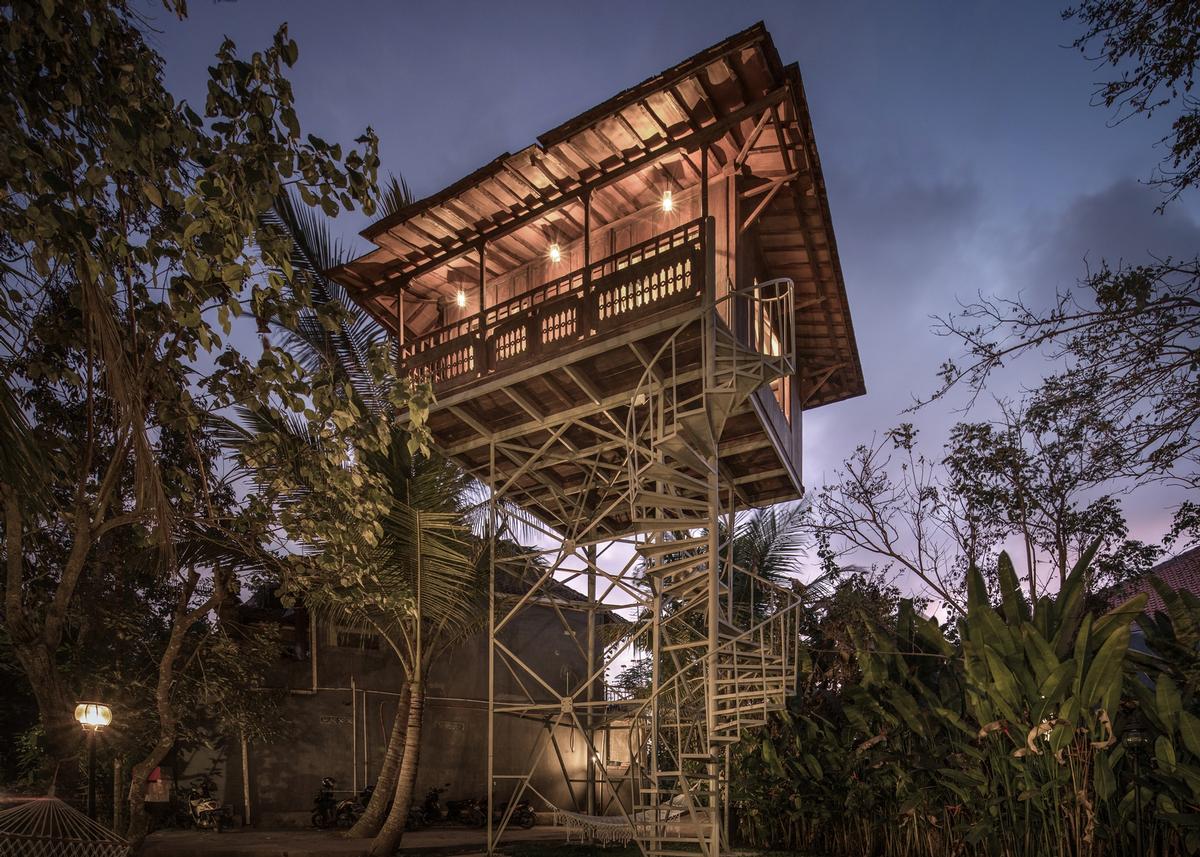
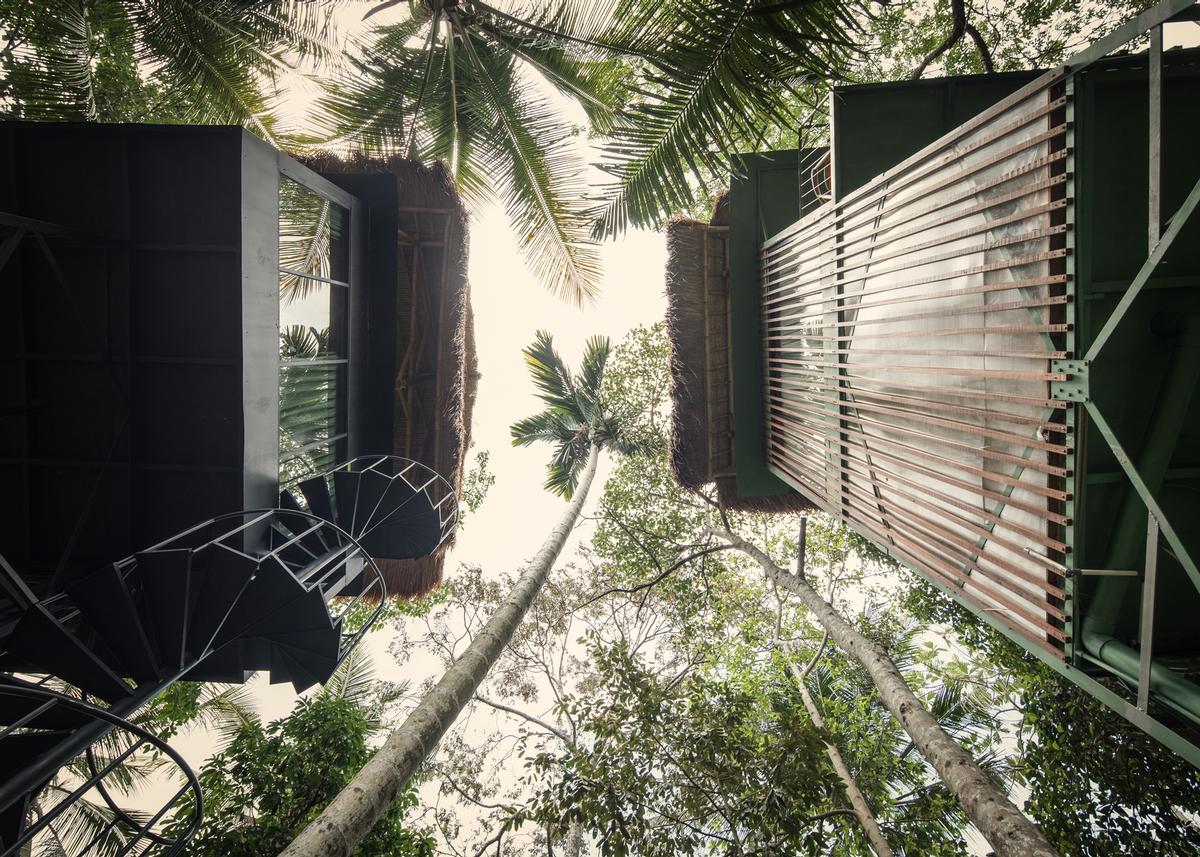
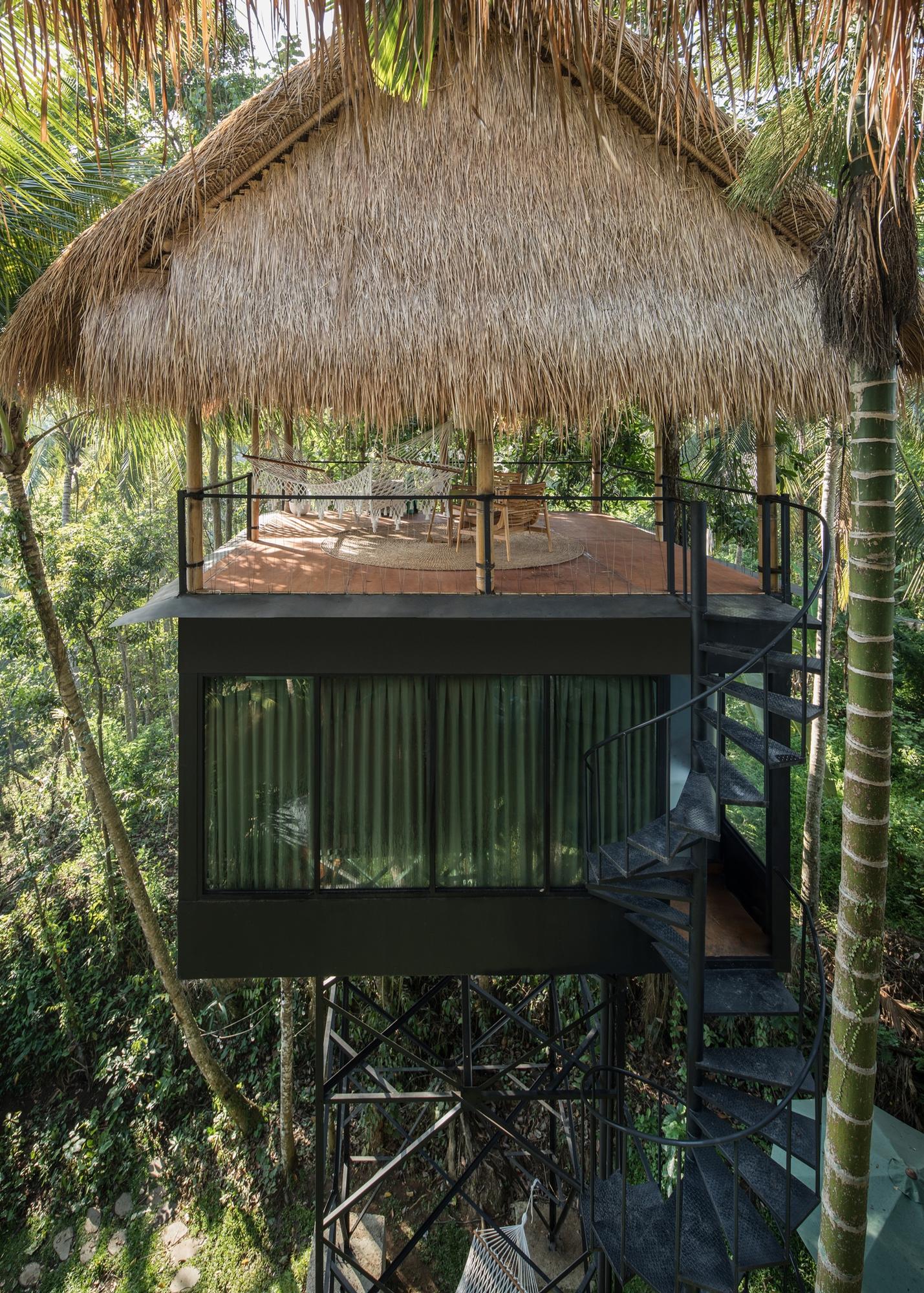
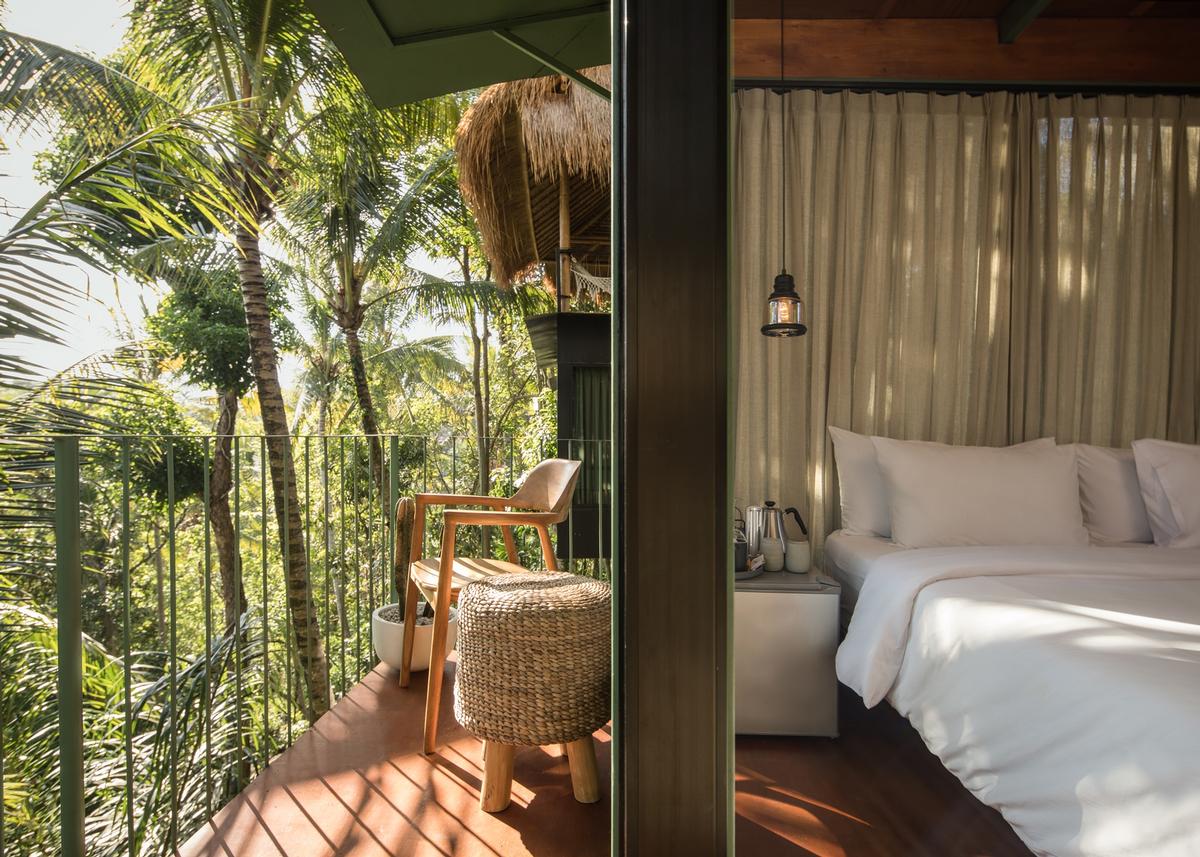
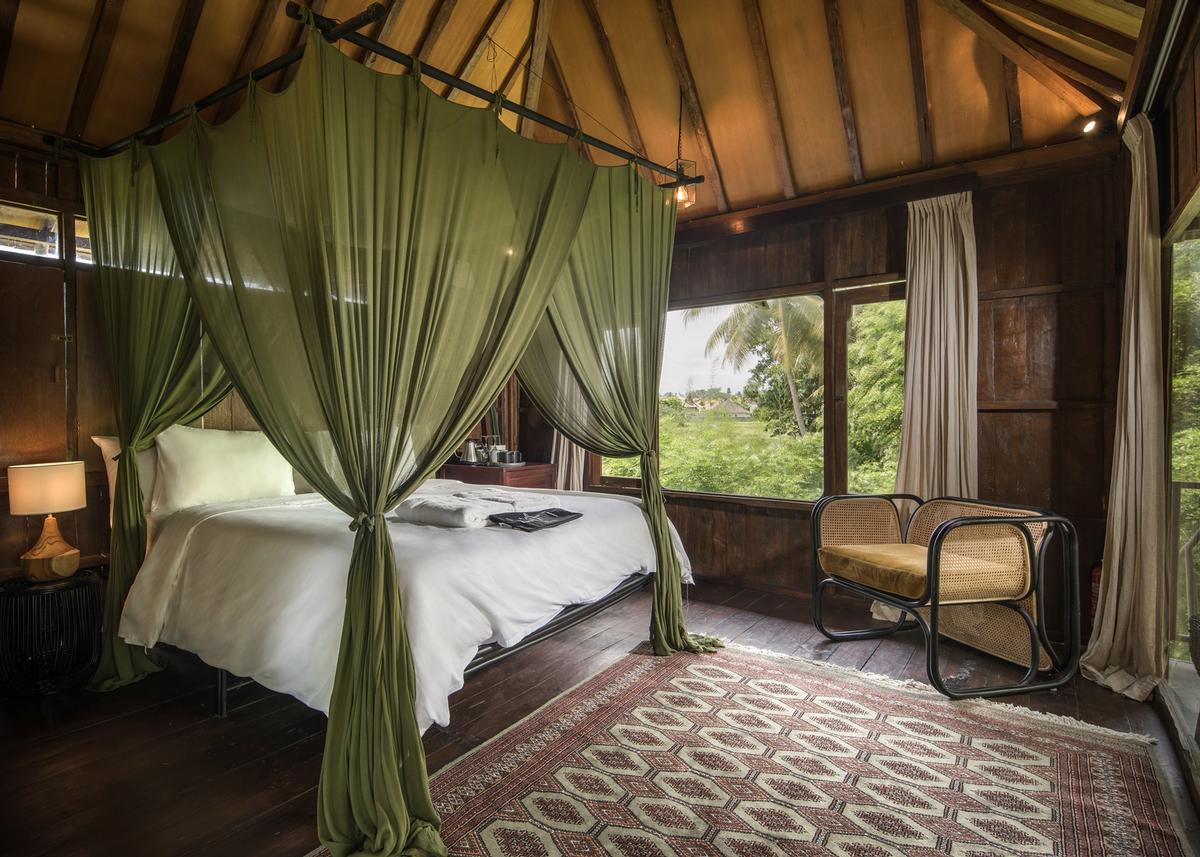
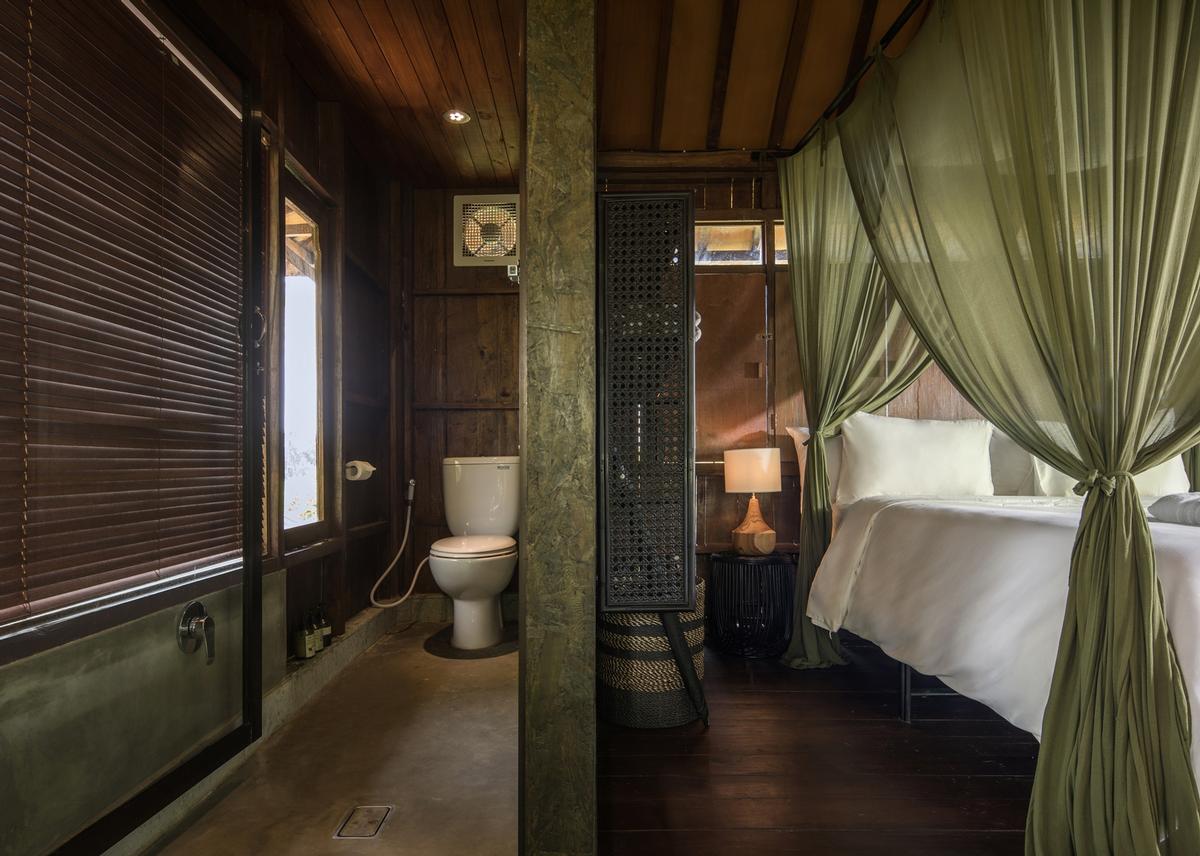
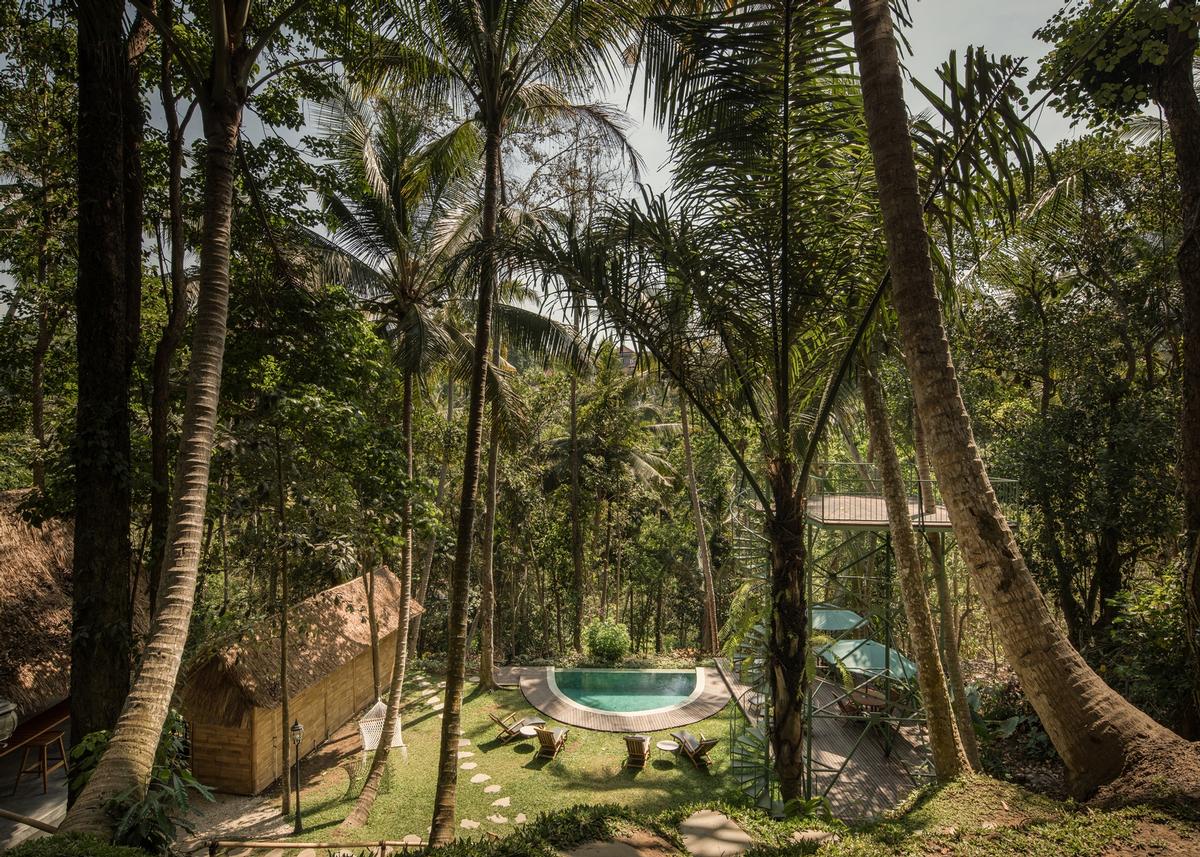
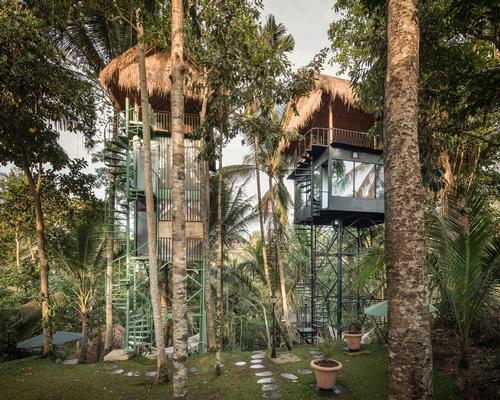
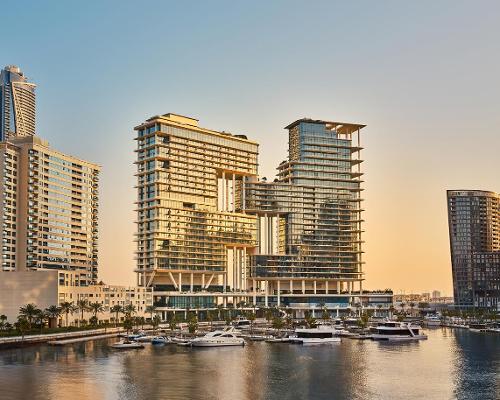
UAE’s first Dior Spa debuts in Dubai at Dorchester Collection’s newest hotel, The Lana

Europe's premier Evian Spa unveiled at Hôtel Royal in France
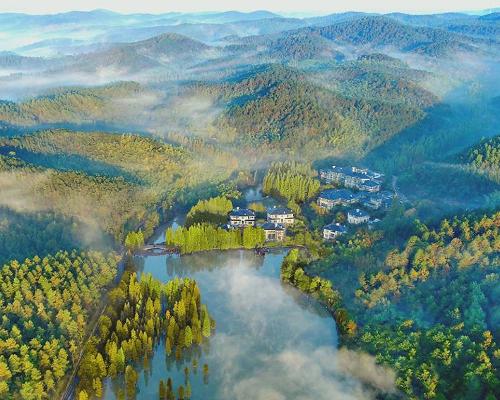
Clinique La Prairie unveils health resort in China after two-year project
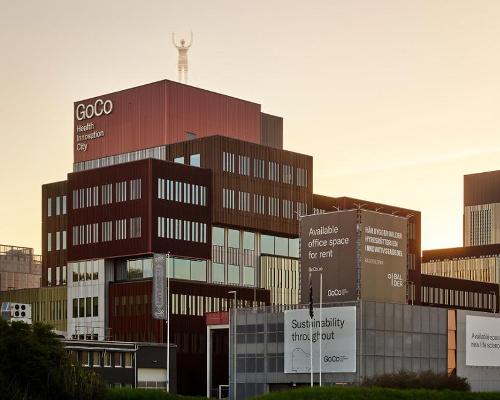
GoCo Health Innovation City in Sweden plans to lead the world in delivering wellness and new science
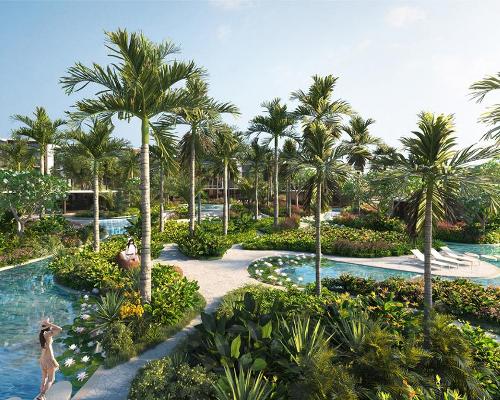
Four Seasons announces luxury wellness resort and residences at Amaala
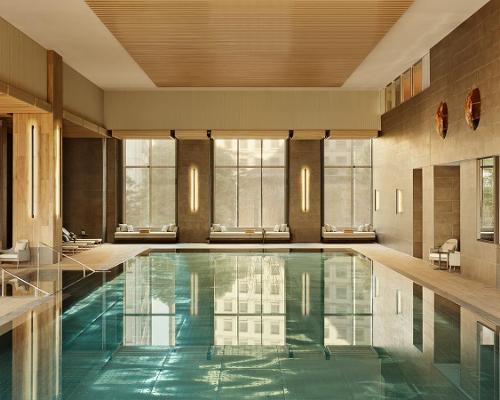
Aman sister brand Janu debuts in Tokyo with four-floor urban wellness retreat
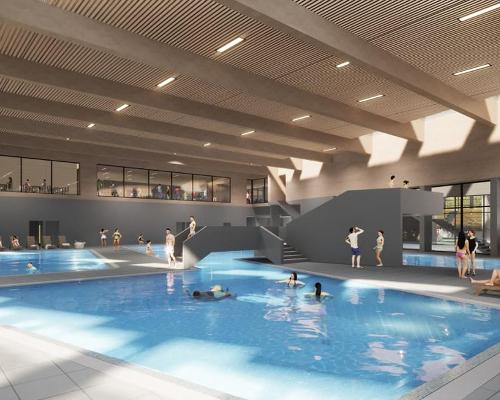
€38m geothermal spa and leisure centre to revitalise Croatian city of Bjelovar
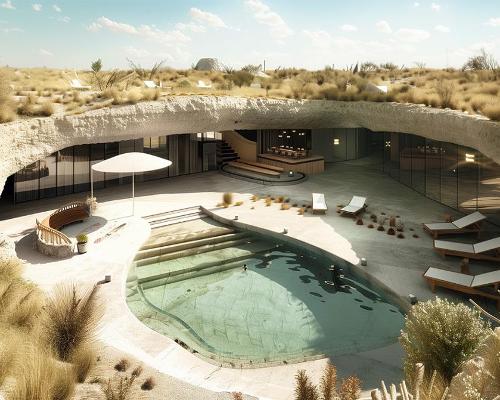
Two Santani eco-friendly wellness resorts coming to Oman, partnered with Omran Group
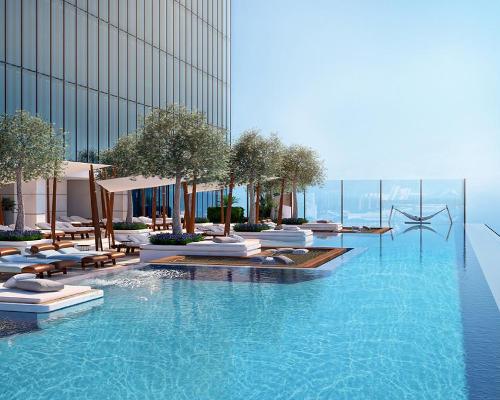
Kerzner shows confidence in its Siro wellness hotel concept, revealing plans to open 100
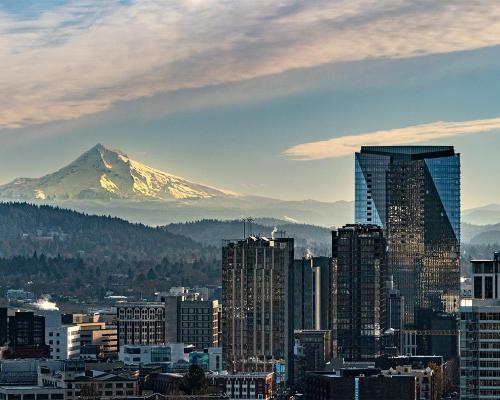
Ritz-Carlton, Portland unveils skyline spa inspired by unfolding petals of a rose
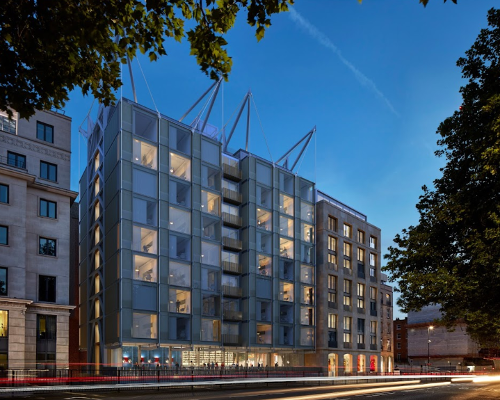
Rogers Stirk Harbour & Partners are just one of the names behind The Emory hotel London and Surrenne private members club

Peninsula Hot Springs unveils AUS$11.7m sister site in Australian outback

IWBI creates WELL for residential programme to inspire healthy living environments
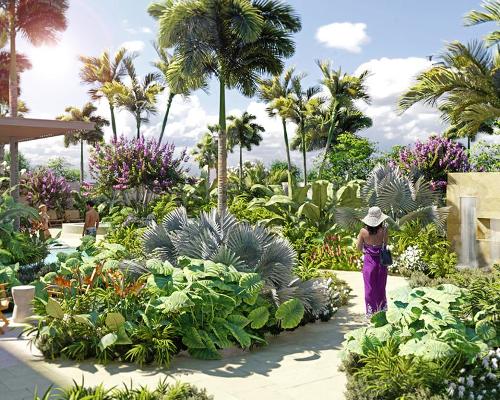
Conrad Orlando unveils water-inspired spa oasis amid billion-dollar Evermore Resort complex
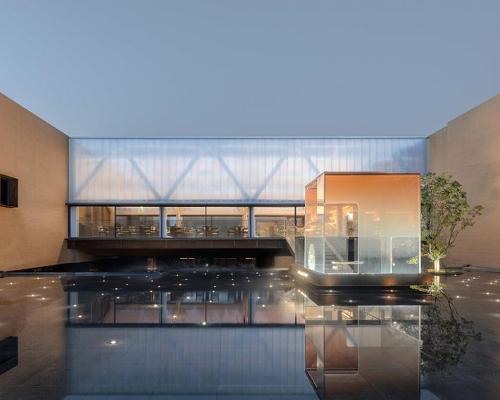
Studio A+ realises striking urban hot springs retreat in China's Shanxi Province
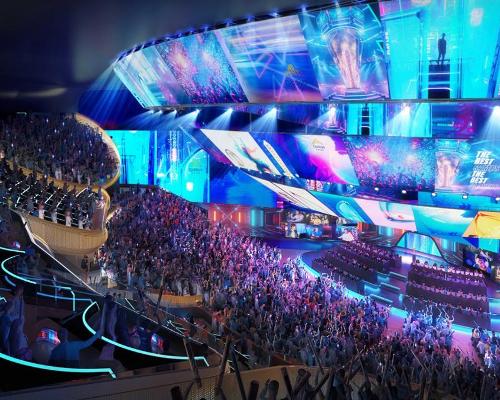
Populous reveals plans for major e-sports arena in Saudi Arabia

Wake The Tiger launches new 1,000sq m expansion
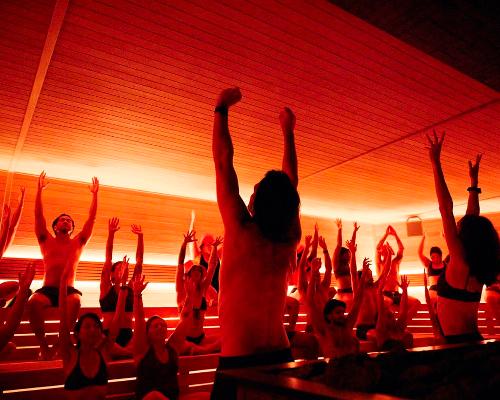
Othership CEO envisions its urban bathhouses in every city in North America

Merlin teams up with Hasbro and Lego to create Peppa Pig experiences
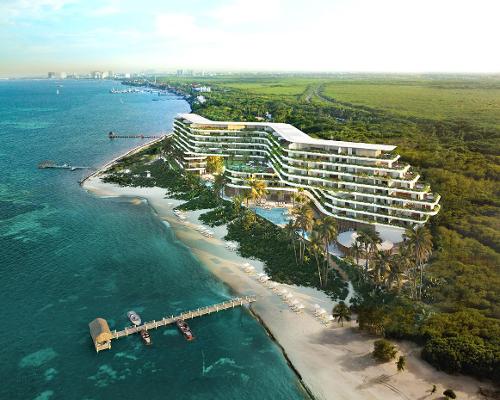
SHA Wellness unveils highly-anticipated Mexico outpost

One&Only One Za’abeel opens in Dubai featuring striking design by Nikken Sekkei
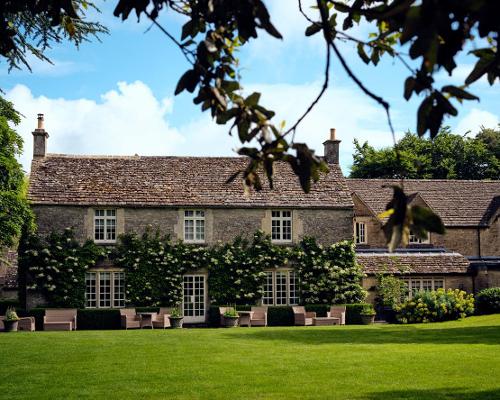
Luxury spa hotel, Calcot Manor, creates new Grain Store health club
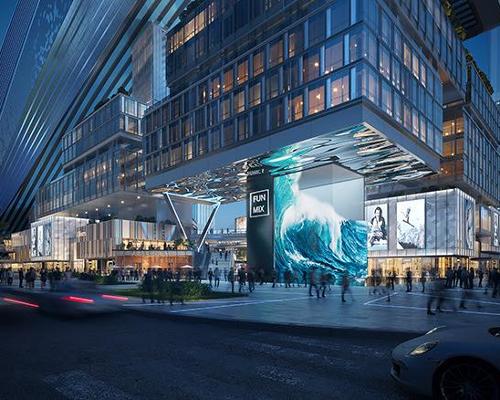
'World's largest' indoor ski centre by 10 Design slated to open in 2025
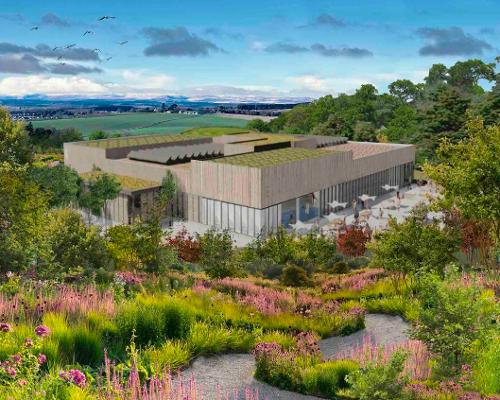
Murrayshall Country Estate awarded planning permission for multi-million-pound spa and leisure centre
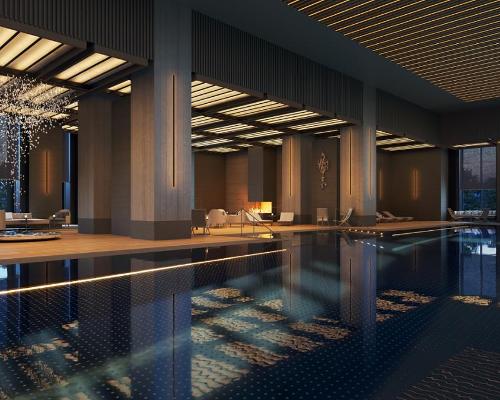
Aman's Janu hotel by Pelli Clarke & Partners will have 4,000sq m of wellness space
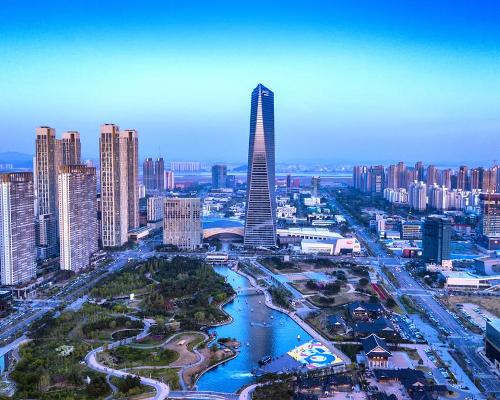
Therme Group confirms Incheon Golden Harbor location for South Korean wellbeing resort
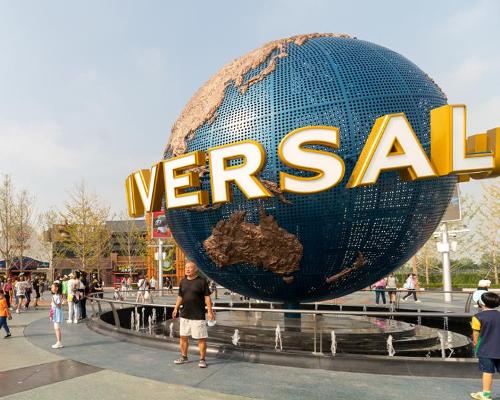
Universal Studios eyes the UK for first European resort
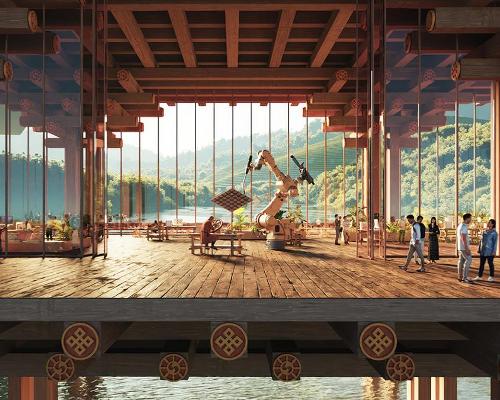
King of Bhutan unveils masterplan for Mindfulness City, designed by BIG, Arup and Cistri

Rural locations are the next frontier for expansion for the health club sector
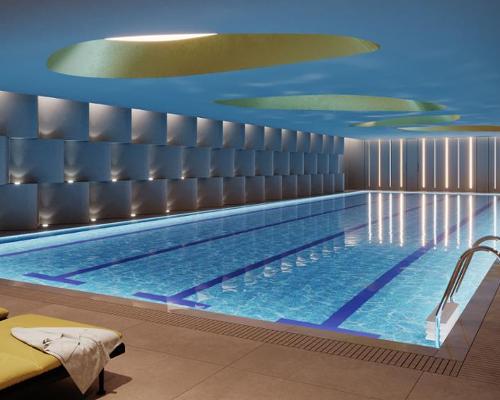
Tonik Associates designs new suburban model for high-end Third Space health and wellness club
Designing an eco hotel for the Galapagos Islands that allowed the stunning natural surroundings to take centre stage while minimising its impact on the land presented its own unique set of challenges, Ecuadorian architect Humberto Plaza tells Kathryn Hudson
The Isola delle Rose has a rich history and an enviable location. Matteo Thun knew he had to capitalise on both with the design of the JW Marriott Venice Resort & Spa



